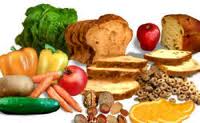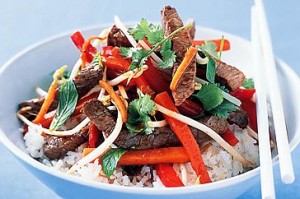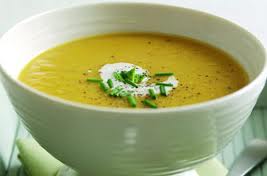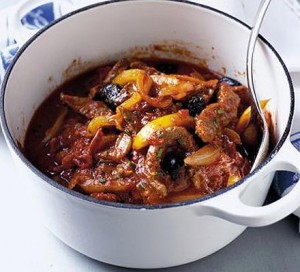Many people find it difficult to tell the difference between what a dietitian and a nutritionist does. Nutritional Concepts was founded by Sabrina Doyle who is herself from the Carlow/Kilkenny area to provide the latest diet and nutrition information in a professional, friendly and innovative way. Nutritional Concepts hopes that this blog entry will explain the differences and help you to decide which service suits your dietary needs best.
Dietitian
Definition: A dietitian is a health professional who has university qualifications consisting of a 4-year Bachelor Degree in Nutrition and Dietetics or a 3-year Science Degree followed by a Master Degree in Nutrition and Dietetics, including a certain period of practical training in different hospital and community settings. Some dietitians also further their knowledge and skills by pursuing various Specialist Dietetic qualifications. Dietitian is an expert in prescribing therapeutic nutrition.
Regulation: All qualified Dietitians should have met national/international standards for professional legislation. The title “Dietitian” is protected by law in many countries such as Canada, USA, Australia, UK and Ireland.
Work: Dietitians can translate the science of nutrition into everyday information about food. They also have special skills in translating medical decisions related to food and health to inform the general public. Dietitians can work in both the hospital and community. They may work with people who have special dietary needs, inform the general public about nutrition, evaluate and improve treatments and educate clients, doctors, nurses, health professionals and community groups. They undertake the practical application of nutrition with both individuals and population groups to promote well-being and to prevent nutrition related problems. They are also involved in the diagnoses and dietary treatment of many diseases, such as food allergies, kidney disease, diabetes, cancer, etc.
Your safety: Registered Dietitians are members of one or more professional bodies, and therefore they are held accountable for their conduct and the care they provide. Because of this, the reliability and safety of their professional advice and care are ensured.
Nutritionist
Definition and Regulation: A nutritionist is a non-accredited title that may apply to somebody who has done a short course in nutrition or who has given themselves this title. The term Nutritionist is not protected by law in almost all countries so people with different levels of and knowledge can call themselves a “Nutritionist”.
Work: There are also qualified nutritionists, who are people who have completed University Degrees in Food Science, Human Nutrition, Food and Nutrition, or Food Technology. They are also called Food Scientists. University qualified Nutritionists and Food Scientists normally work for food manufacturers, retailed businesses, in research and public health promotion. Some may work as Dietitian Assistants or Food Journalists. Nutritionists do not have any professional practical training, and therefore they should not be involved in the diagnosis and dietary treatment of any diseases.
Your safety: Since the title ‘nutritionist’ has been used by many unqualified people to describe their involvement in food and nutrition related practice, you should be careful when choosing a qualified nutritional professional.










